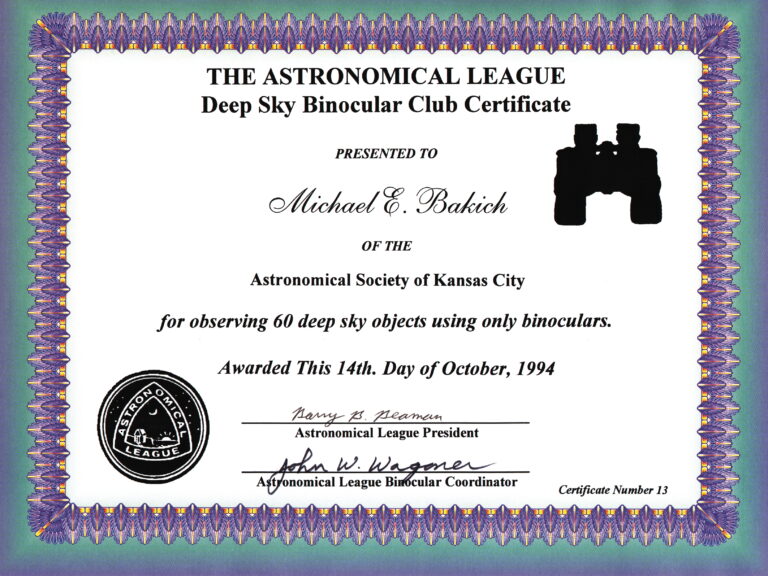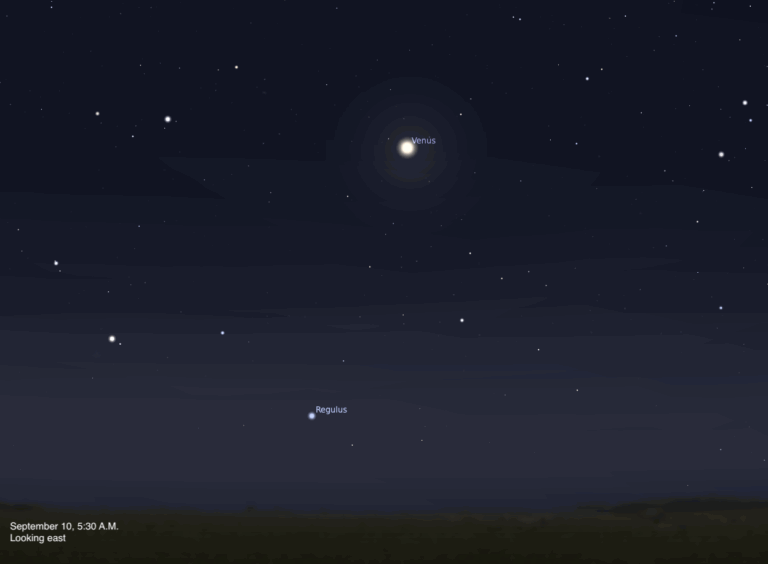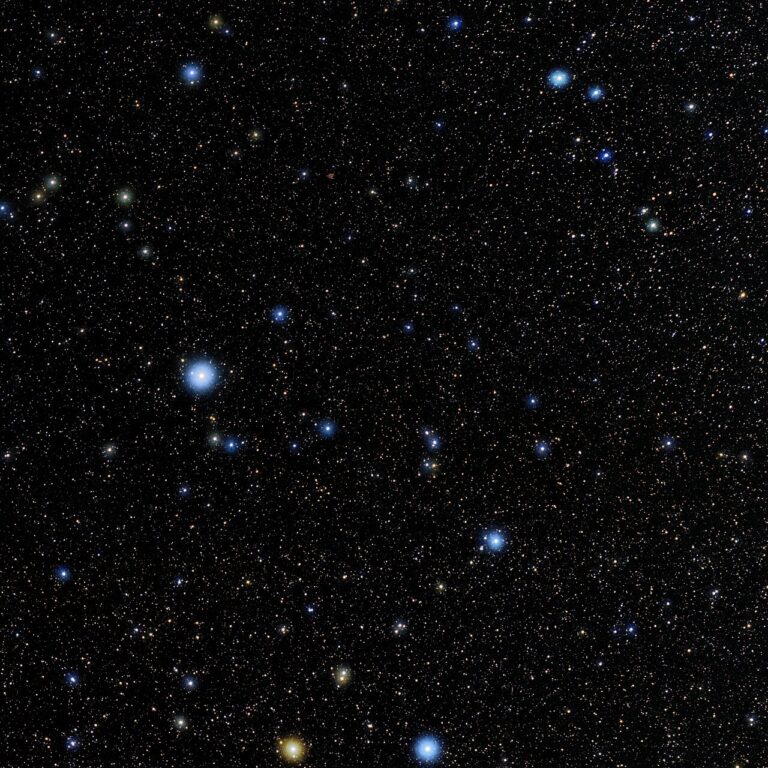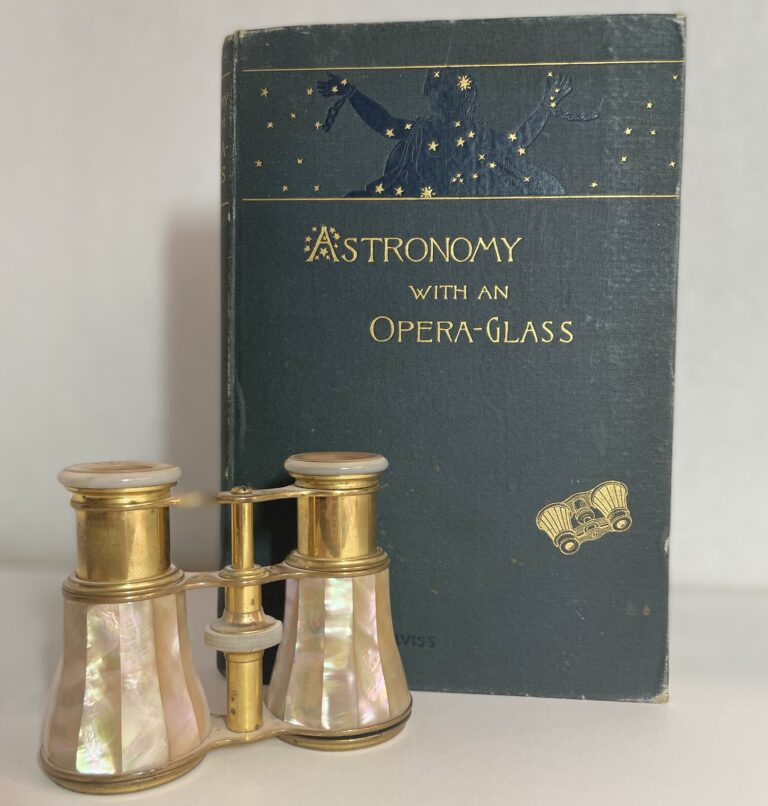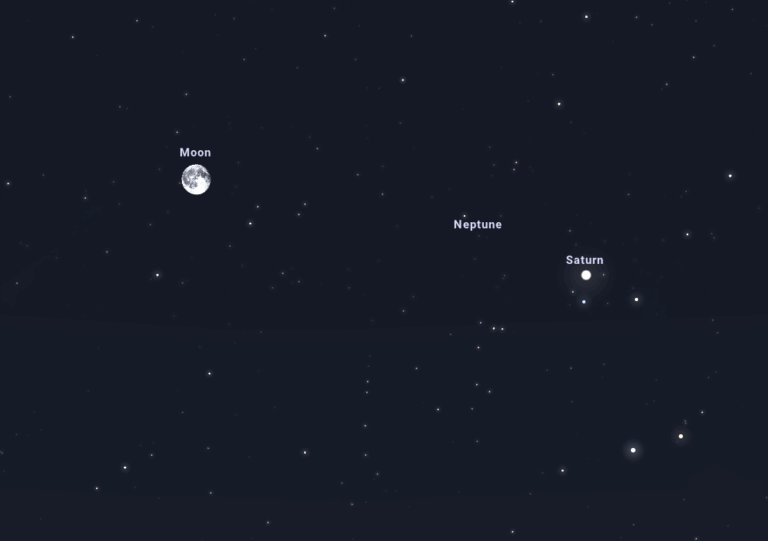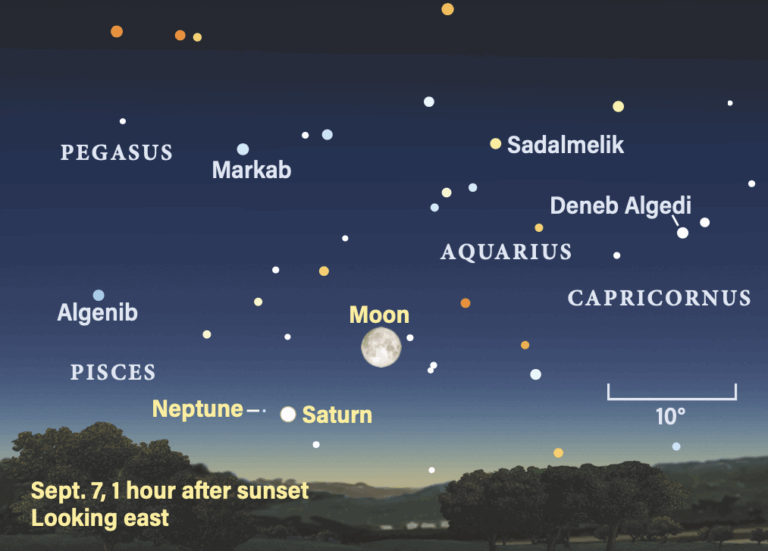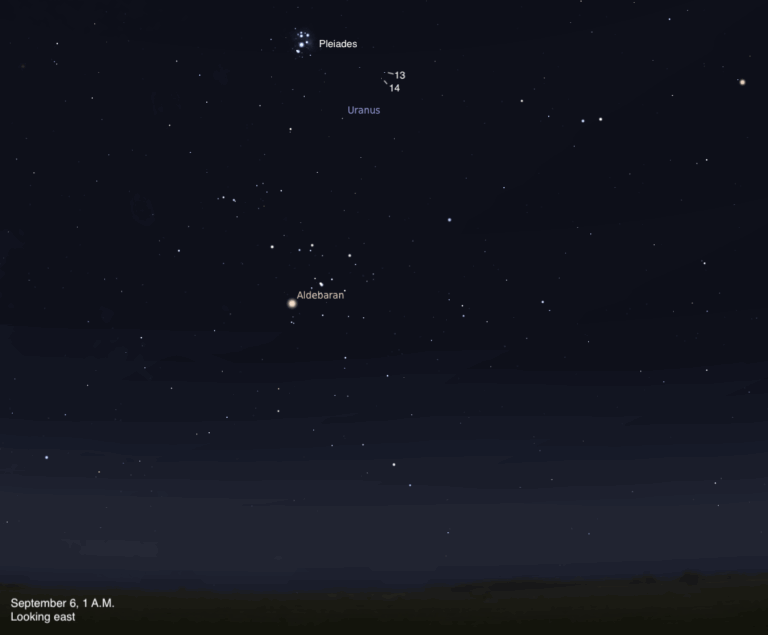Key Takeaways:
February evenings offer a great opportunity to view the zodiacal light. From the Northern Hemisphere, late winter and early spring are the best times of year to observe this elusive glow after sunset. It appears slightly fainter than the Milky Way, so you’ll need a clear moonless sky and an observing site located far from the city. The waxing crescent Moon returns to the evening sky on February 25, so you’ll want to look for the cone-shaped glow before then. The zodiacal light has a broad base that points nearly straight up from the western horizon once the last vestiges of twilight have faded away.
Saturday, February 22
Ruddy Mars grows more prominent before dawn with each passing week. The Red Planet now rises shortly after 3:30 a.m. local time and climbs 15° above the southeastern horizon by the time twilight starts to paint the sky. Mars glows at magnitude 1.2 against the backdrop of western Sagittarius the Archer. Unfortunately, a telescope doesn’t add much to our view of the planet, revealing a bland disk that measures only 5″ across.
Sunday, February 23
Although Jupiter passed on the far side of the Sun from Earth less than two months ago, it has already become conspicuous in the predawn sky. The giant planet rises more than two hours before the Sun and climbs nearly 10° above the southeastern horizon an hour before sunup. Shining at magnitude –1.9, Jupiter stands out nicely against the twilight glow.
New Moon occurs at 10:32 a.m. EST. At its New phase, the Moon crosses the sky with the Sun and so remains hidden in our star’s glare.
A pair of fine binocular objects shows up nicely on evenings this week. The open star clusters M46 and M47 reside about a degree apart in the northwestern corner of the constellation Puppis the Stern. The two lie about 12° east-northeast of magnitude –1.5 Sirius, the night sky’s brightest star. The western cluster, M47, glows at 4th magnitude and appears as a fuzzy patch sprinkled with several pinpoint stars. Sixth-magnitude M46 shows up as a hazy collection of faint stars that is hard to resolve under most conditions. Although it contains nearly twice as many stars as M47, M46 appears fainter and fuzzier because it lies some three times farther from Earth.
Tuesday, February 25
With an age of 4.5 billion years, “young” might not seem an appropriate word to describe our Moon. But tonight, you have an exceptional opportunity to see what astronomers call a “young Moon” — a slender crescent visible in the early evening sky. With New Moon having occurred two days ago, only 5 percent of our satellite’s disk appears illuminated after sunset tonight. (Tomorrow evening, a 10-percent-lit lunar crescent hangs noticeably higher in the sky.) You should notice an ashen light faintly illuminating the Moon’s dark side. This is earthshine, sunlight reflected by Earth that reaches the Moon and then reflects back to our waiting eyes.
Mercury reaches inferior conjunction at 9 p.m. EST. This means the innermost planet lies between the Sun and Earth and remains hidden in our star’s glare.
Wednesday, February 26
Venus gleams in the western sky after sunset. The brilliant planet stands out just a half-hour after sundown, when it appears 35° above the horizon, and it is still 25° high once darkness settles in. Venus remains on display until 9:30 p.m. local time. Shining at magnitude –4.3, it is by far the brightest point of light in the night sky. A telescope reveals the planet’s disk, which spans 18″ and appears about two-thirds lit. The waxing crescent Moon lies just 10° (about the width of your closed fist when held at arm’s length) below Venus tonight. Photographers should think about capturing the pair with a pretty foreground and in twilight to add a dash of color to the scene.
The Moon reaches apogee, the farthest point in its orbit around Earth, at 6:34 a.m. EST. It then lies 252,450 miles (406,278 kilometers) from Earth’s center.
Thursday, February 27
The waxing crescent Moon gains about 10° of altitude each evening at this time of year, and that movement carries it to a position 7° to Venus’ left tonight. The two form a spectacular and photogenic pair from shortly after sunset until around 9:30 p.m. local time.
Friday, February 28
Although Saturn passed on the opposite side of the Sun from Earth in mid-January, it already appears low in the southeast before dawn. Look for the magnitude 0.7 ringed planet 9° above the horizon and the same distance to the lower left of Jupiter. Saturn’s low altitude means it won’t look like much through a telescope, though that will change dramatically in the coming months.
This is a good morning to check out the planetary alignment before dawn. Mars, Jupiter, and Saturn spread out 19° along the ecliptic — the path of the Sun across our sky that the planets follow closely — with Mars highest, Jupiter 10° to its lower left, and Saturn 9° farther on. Magnitude –2.0 Jupiter gleams brightest, with Saturn (magnitude 0.7) and Mars (magnitude 1.1) appearing more than 10 times dimmer.
Sunday, March 1
This is a good week to look for Sirius in the evening sky. The night sky’s brightest star (at magnitude –1.5) appears highest in the south shortly after twilight ends. It then lies about one-third of the way from the horizon to the zenith when viewed from mid-northern latitudes. (The farther south you live, the higher it appears.) If you point binoculars at Sirius, look for the pretty star cluster M41 in the same field, just 4° below the star.




